
New York plumbers are some of the priciest in the nation. High cost of living and aging buildings contribute to their hefty price tag. Learn the other factors affecting how much a plumber costs in New York City.
Your shower flows thanks to these well-placed parts


All showers have a showerhead, shower valve, and drainage system.
Some shower designs have additional elements like slide bars and hand showers.
A diverter will direct water from a showerhead to a tub faucet or hand shower.
Most shower part repairs cost $100 to $600.
Maintain your shower by establishing a weekly cleaning routine.
We use our showers almost every day—but do you ever think about how your shower works? Showers have very specific plumbing, and your water goes through a few different steps before you can use it to rinse off. This handy shower plumbing diagram will show you the parts of a shower in motion. Here’s what you need to know.
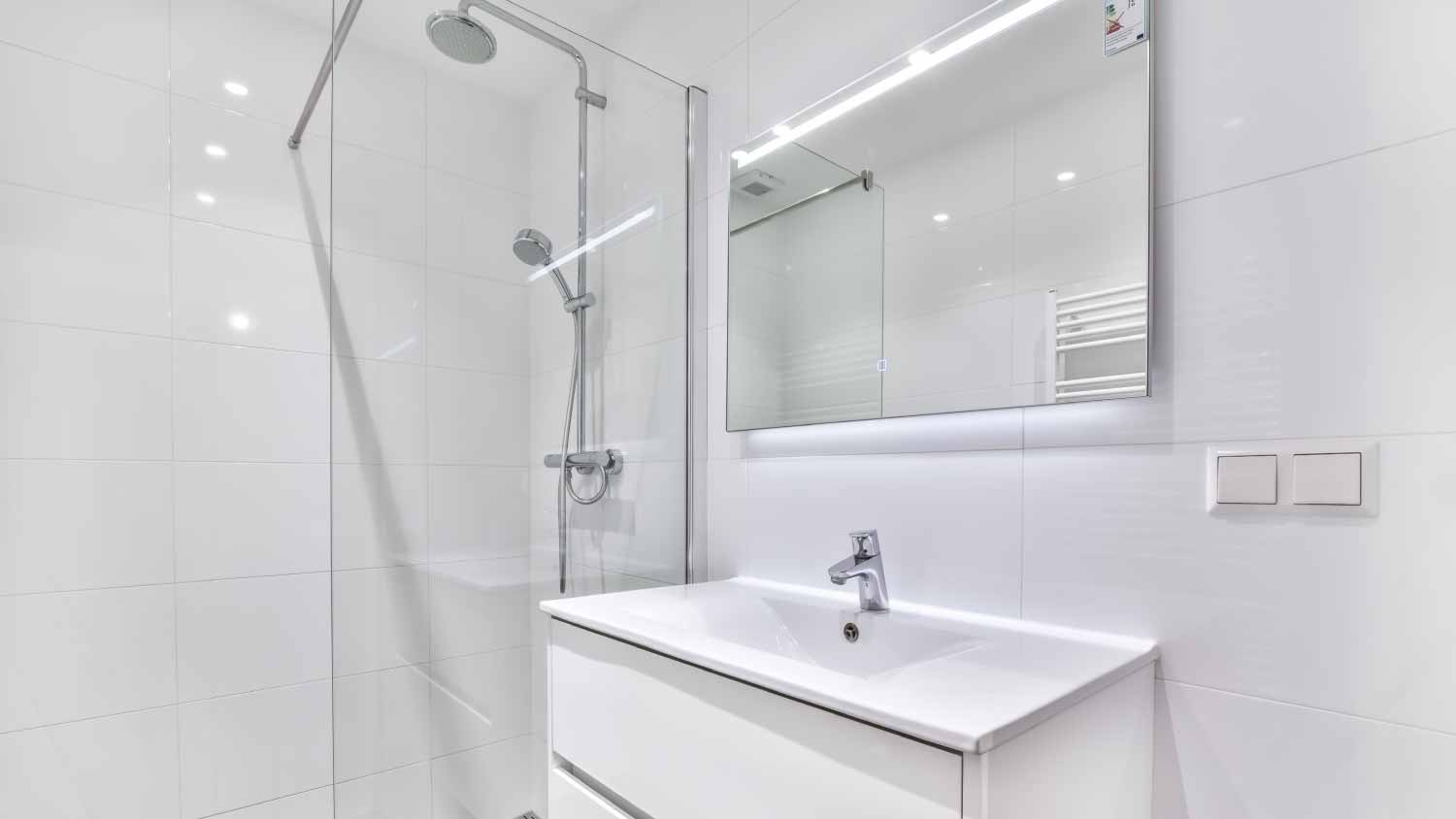
The plumbing for a shower is typically hidden behind the shower walls. There are two sections: the plumbing that supplies water to your shower and the drainage system that takes water away from your shower. This shower plumbing diagram will show you the key parts.

The drain is the start of your shower’s drainage system. It’s topped with a strainer that helps prevent clogs caused by hair and other debris. A gasket helps secure the strainer to the drain body, and the drain itself is attached to a drainpipe.
Most drains are square or circular, though some showers have a linear drain design that’s slightly different.
The drainpipe is a long pipe that helps move water from your shower drain to your home’s wider drainage system. If you look at a shower drain plumbing diagram, you’ll find that this pipe runs vertically into a shower trap. Drainpipes in showers are about 2 inches in diameter.
A necessary shower trap runs from the drainpipe to the waste outlet pipe. This curved section of piping serves two purposes. The water inside the pipe acts as a barrier that prevents odors from seeping up from the sewer. The trap also catches debris to help prevent clogs deeper in your home’s plumbing, which could require major repairs.
Don’t hesitate to call a pro when you have a plumbing issue or need repairs. While it’s tempting to wait, water damage from persistent leaks can cause serious problems, including mold and mildew, which pose a health risk. Additionally, the cost of water damage restoration can reach into the thousands.
The waste outlet pipe directly connects your shower drainage system to the drainage system for the rest of your house, which drains into the main sewer line. This section of piping runs from your shower trap to your home’s main drainage stack. In some cases, a shower may share a waste outlet pipe with a toilet or sink.
The water supply lines are the pipes that provide your shower with water. They’re usually connected to your home's main water line and hidden behind the shower wall. Your shower will have both a cold and hot water line which connects to your shower valve (shower controls) to allow you to control the temperature of the water.
Showers may have a water shut-off valve that’s hidden behind an access panel—but it depends on how you plumb your bathroom. The valve stops the flow of water, so you don’t need to turn off your home’s main water supply to make shower repairs. Not all showers have a separate shut-off valve, but it is common.
Diverters redirect the flow of water in your shower—typically from a bathtub faucet to a showerhead (if you have a shower-tub combo) or from a showerhead to a hand shower (if you have a rain showerhead). Not all showers have a diverter; it depends on the design.
If your shower does have a diverter, it’s usually located on the shower valve or on the spout for your bathtub.
Once you switch on the shower diverter, the diverter pipe will carry water to your shower arm and it will flow out of your showerhead. In most shower designs, the diverter pipe is hidden behind the wall.
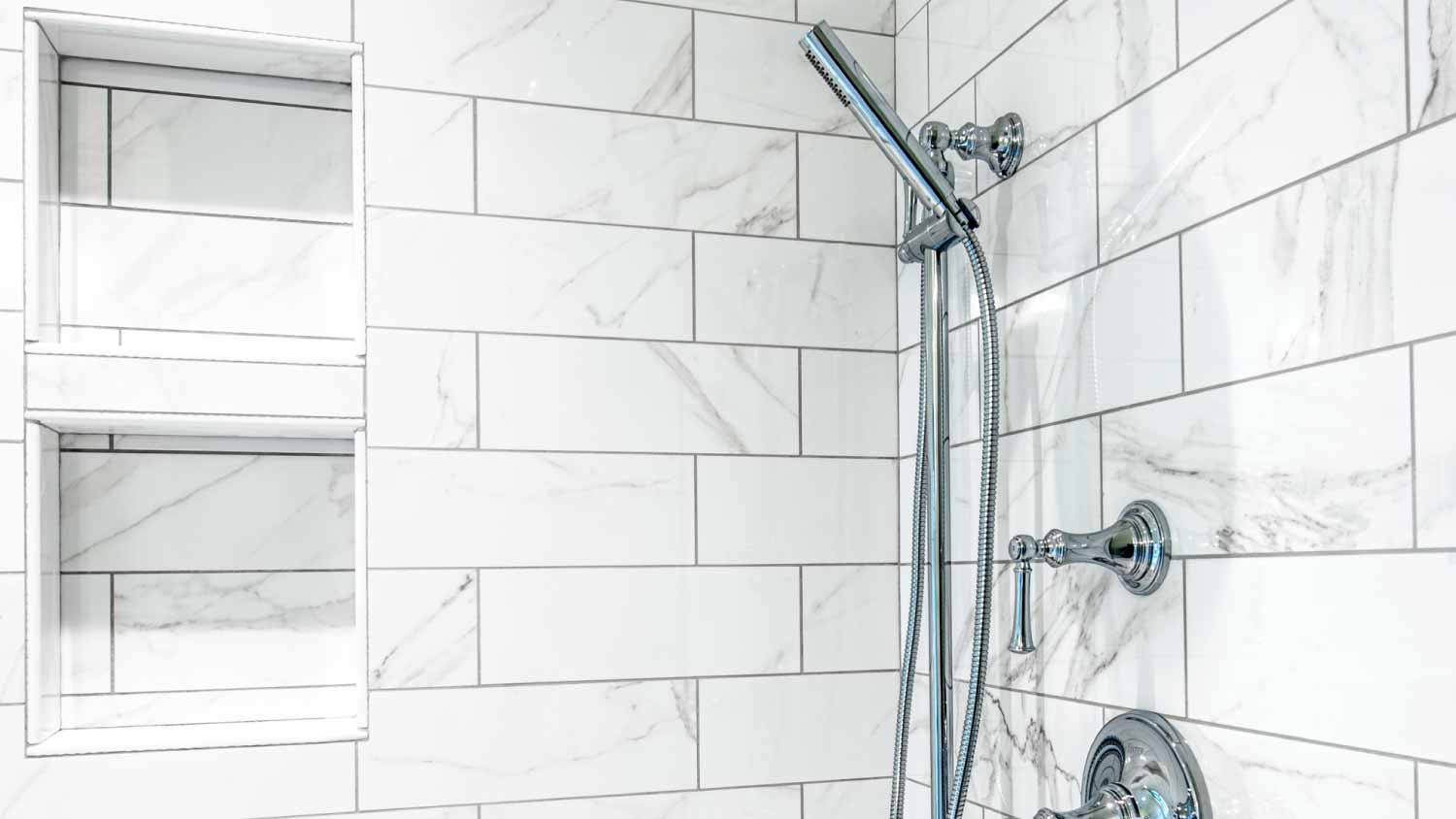
When most of us think of a shower, we think of the external parts: the flooring, the showerhead, the walls, etc. Though showers may have slightly different parts depending on the design, all showers have a few essentials.
The showerhead is where water comes out of your shower. There are different types of showerheads. The most basic attach to the wall with little ability to adjust or customize, though rain showerheads are mounted on the ceiling. Some homeowners choose dual showerheads, which you can switch between using a diverter. In that case, one of the showerheads is usually a hand shower.
Your showerhead is mounted on a shower arm. This is a small pipe that connects your showerhead to the wall (or the ceiling if you have a rain showerhead) and interior plumbing.
The shower valve, also known as the shower controls, helps you adjust the temperature and flow of water in your shower. It’s mounted in the center of your wall, at arm level beneath your showerhead.
Shower valves contain a shower cartridge, which is the inner device that controls the water when you move the handles on the valve. Shower valves may have one lever or two handles to control temperature.
Shower enclosures look different depending on the type of shower. Some showers are enclosed with a shower rod and a curtain. Others have a glass enclosure. In this case, the enclosure consists of glass panels fit in a metal frame, as well as a glass door with a handle. Some shower doors in smaller shower stalls may fold or slide instead of swing open.
Shower walls are just what they sound like: the walls of your shower. There are different materials used to make shower walls. Some showers (particularly tub-shower combos) are made with prefabricated shower walls. Higher-end showers may have walls made from tile. This is more common with walk-in showers.
The shower floor is the part of the shower you stand on. Shower floors have a specific slope to help direct water to the drain and make sure that water doesn’t overflow into the rest of your bathroom.
In prefab showers, the shower floor is made from a shower pan, which is a single piece fitted for a drain hole. Alternatively, you may have a floor made from tiles. If you have a shower-tub combo, you’ll have a bathtub instead of a shower floor.
Some parts of a shower are optional. Depending on the design, your shower may or may not have these additional features.
If you have a shower-tub combo, you’ll have a bathtub faucet that you can use to fill your bathtub with water. The faucet consists of a spout, but may or may not include temperature controls. Sometimes, the tub and shower share controls. If your tub has its own controls, you’ll have one handle that controls the hot water and one handle that controls the cold water.
Certain shower styles have a separate hand shower. This device helps make showering more accessible, particularly for families with children or those with mobility issues. They’re especially common in showers that have a rain showerhead, which has a weaker flow.
If your shower has a hand shower, you can enable it by switching the diverter. The hand shower is usually mounted on a bar, and you can remove it by lifting the nozzle. The nozzle is attached to a hose, which acts as the shower arm but enables you to move the nozzle.
Some showers have a slide bar that allows you to adjust the height of a showerhead or mounted hand shower. The slide bar is attached to the shower wall and has a bracket that holds it in place.
The escutcheon is a decorative plate that covers the hole where plumbing goes through a wall. Some showers have an escutcheon between the wall and the shower arm. You may also find an escutcheon around a bathtub faucet.
The average shower installation costs $4,500 to $12,400, and you can increase your shower’s lifespan by maintaining the individual parts. Here are some tips and tricks:
Establish a weekly cleaning routine: Clean your shower walls, floor, and enclosure weekly to help combat mold and mildew before they stain the caulk and grout. You may want to do a deep clean every other week.
Squeegee: Squeegee the glass after use to prevent hard water buildup. To combat soap scum and mineral deposits, squeegee walls with a no-rinse shower cleaner.
Descale your showerhead: You should clean your showerhead once a month to prevent mold, mildew, and mineral deposits that can clog the nozzle. To descale the showerhead, soak it in a bag of vinegar—just tie the bag around the shower arm.
Call a pro: A small leak can turn into a larger problem if you put off repairs for too long. As soon as you notice signs that your bathroom needs new plumbing, bring in a pro. Sometimes the fix is as simple as swapping out a shower cartridge or installing a new showerhead.
Some homeowners choose to DIY their own shower repairs, which can save the $45 to $200 per hour plumbers charge for their labor. That said, not all repairs are simple or suitable for DIY.
Homeowners can often make small repairs—like replacing the caulking around their bathtub or swapping out a showerhead that screws on at the arm. Other repairs, like replacing plumbing pipes, have more room for error. Water damage from a poorly plumbed bathroom can cost thousands to repair.
In this case, it’s best to hire a local shower installer who can do the job up to code. Most shower and bathtub repairs cost $100 to $600. That cost could rise to over $1,000 if a pipe bursts or there’s a problem with your water main. It’s best to get on top of smaller repairs before they become big repairs.
From average costs to expert advice, get all the answers you need to get your job done.

New York plumbers are some of the priciest in the nation. High cost of living and aging buildings contribute to their hefty price tag. Learn the other factors affecting how much a plumber costs in New York City.
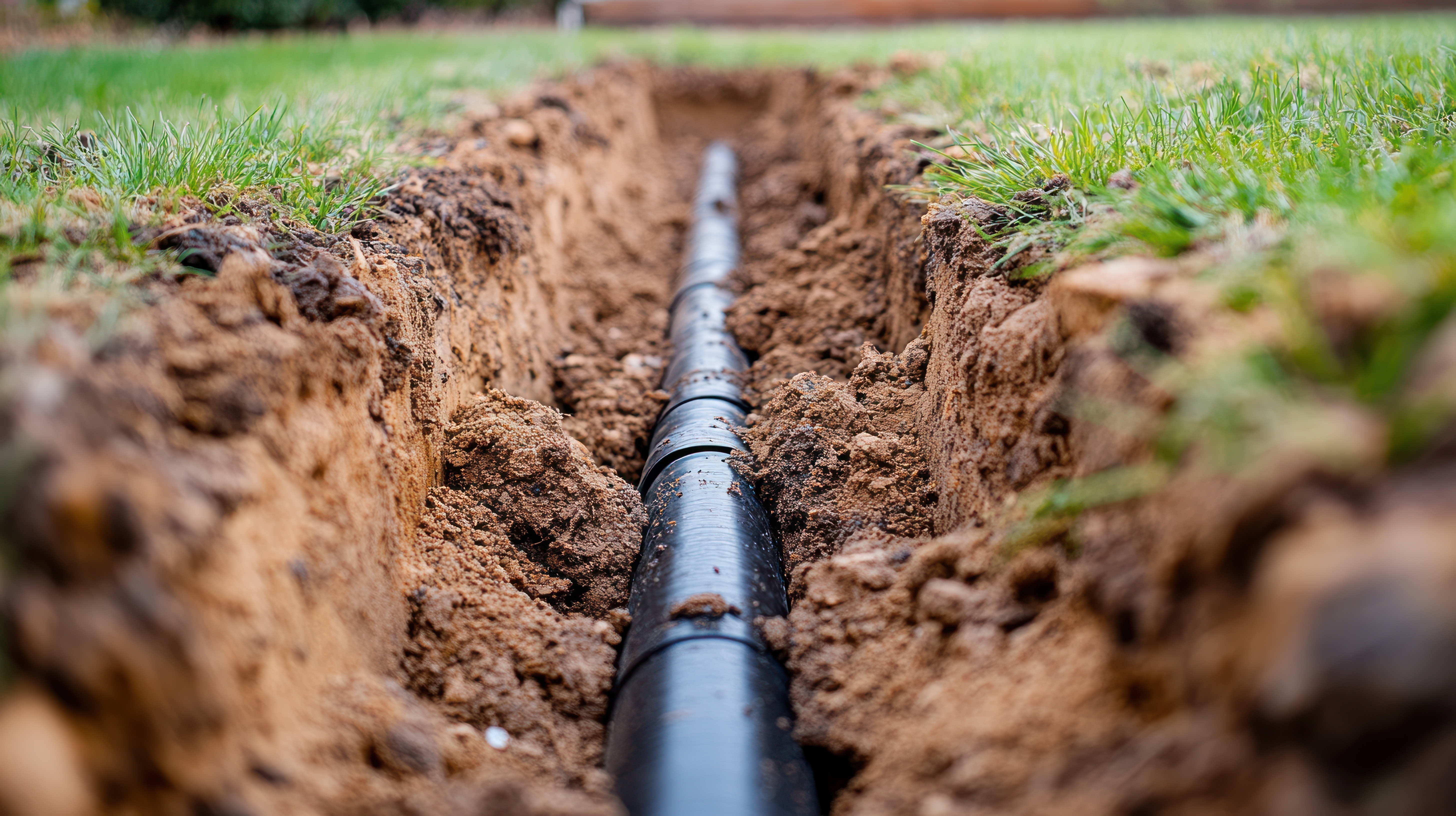
Discover the primary factors that affect your main water line replacement cost in New York, including length, materials, and the necessary installation method.
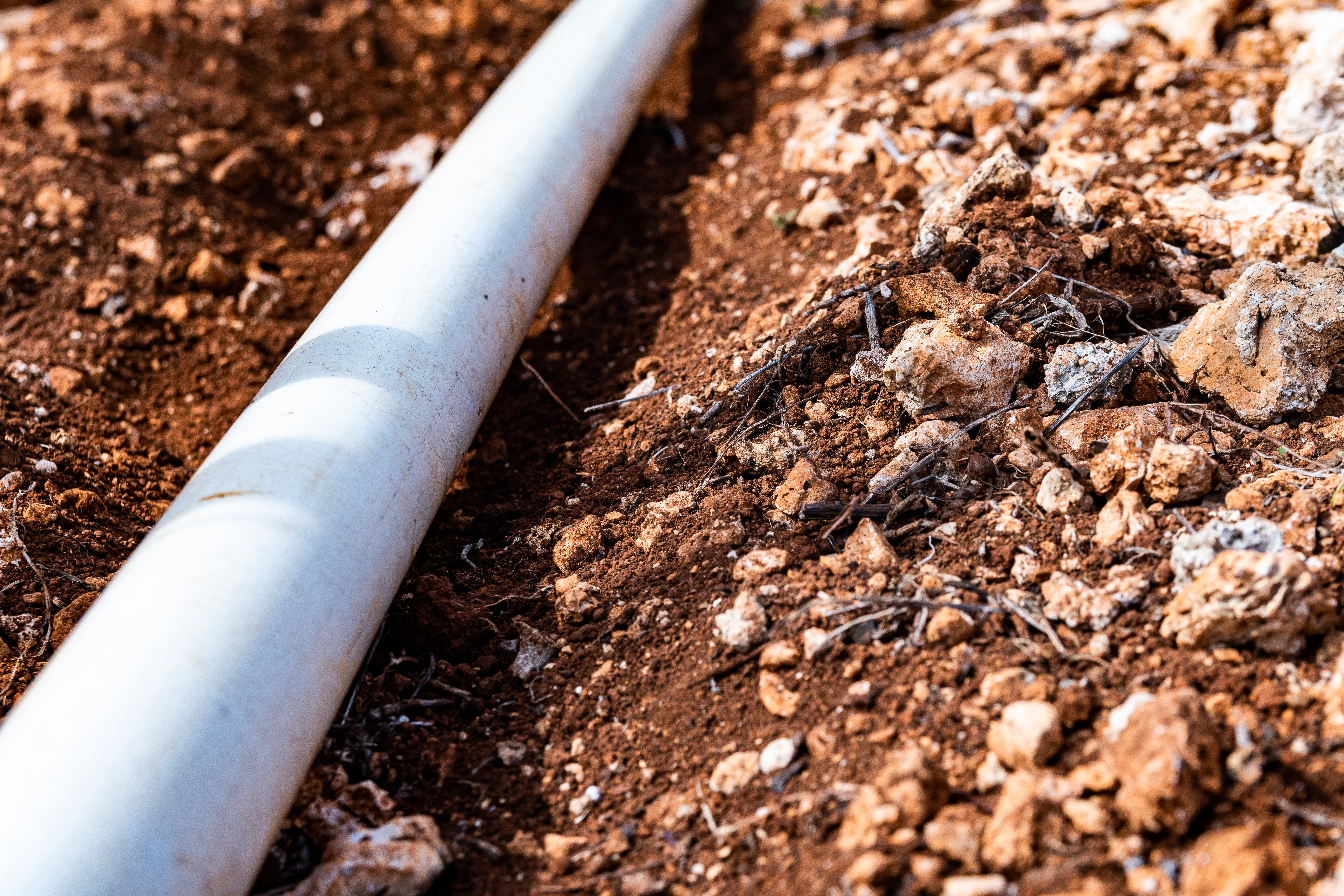
Discover the pricing factors that will affect your main water line repair cost in New York, including the repair type, size, and accessibility challenges.

Touchless faucets offer benefits like saving water, avoiding germs, and simplifying cleanup. Learn the top benefits of hands-free faucets and decide whether to switch.
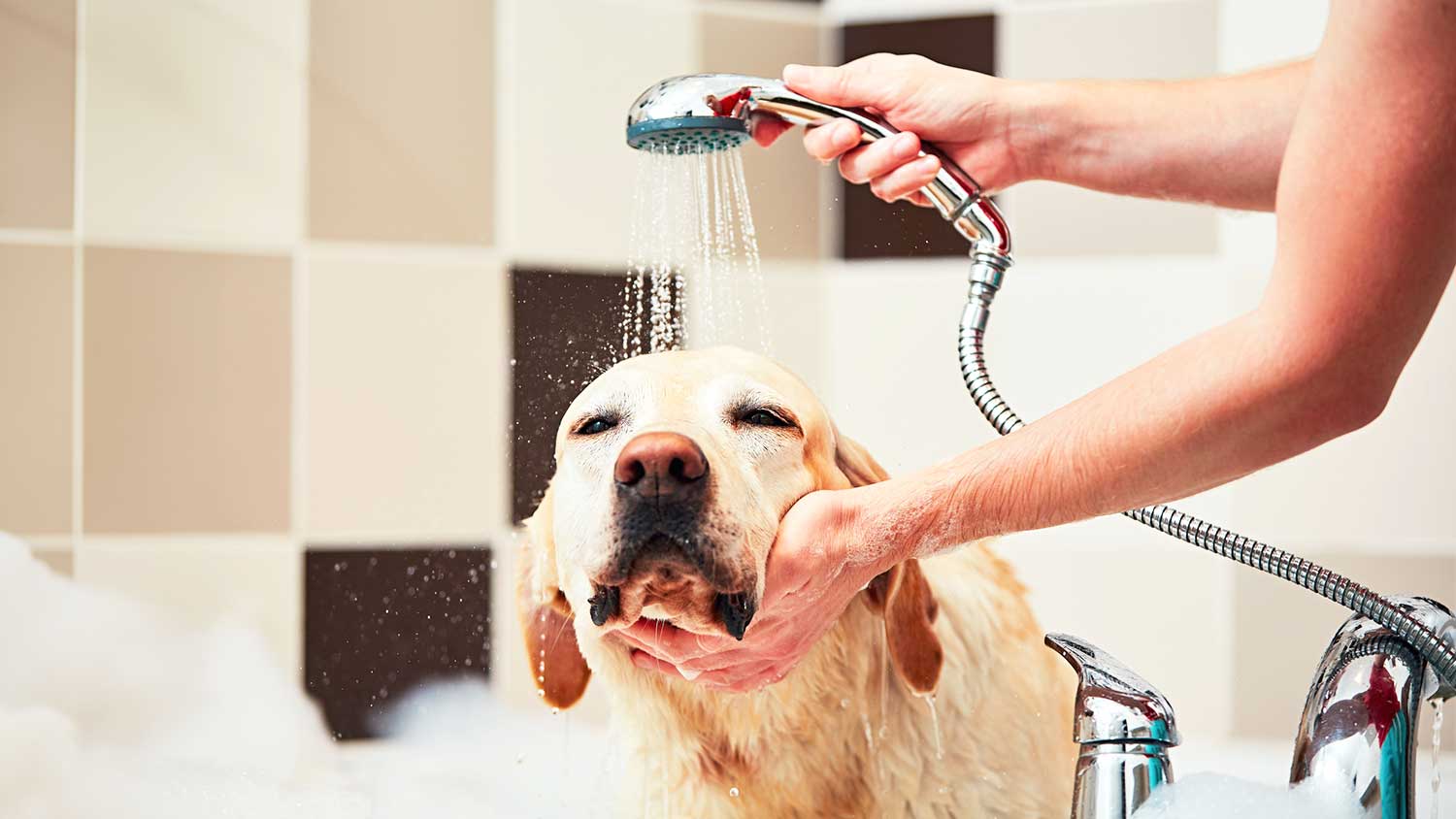
Shower diverters will wear down over time and eventually need repairs. This guide will show you how to fix a shower diverter and get your shower working again.

Not sure who to hire for undermount sink repair? Countertop specialists are the best place to start, but plumbers may also be helpful.